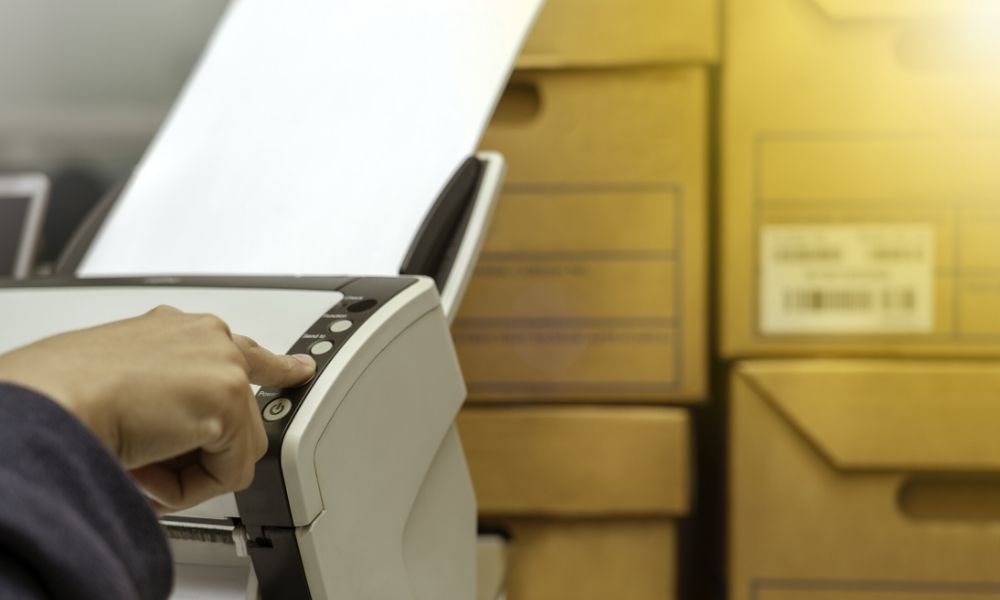The average office will go through hundreds of thousands of sheets of paper every year. Larger companies can put that number into the millions. Paper is huge expense for companies and one that can be reduced, if not done away with completely. With today’s technology it is possible to go paperless. Making that switch is easier for newer and smaller companies in large part because of their younger workforce. Large companies that have been around for a long time will have a harder time. Changing the habits and workflow for thousands of people is not easy. The good news is that there are document digitization companies like Scanstrong, waiting to help the transition. Learn how to transition to a paperless office and find out if it’s feasible for your business.
Hire an Imaging Company
The first thing to do is hire an outside company to initiate and handle the transition. A document digitization company will come in and start scanning all the important documents you have. They will take care of scanning, organizing, and cataloging your papers. Direct them as to which ones need scanning first and which ones can wait. A good company will also handle the destruction of the papers if you desire.
Replace All Your Forms
You will need to replace all internal forms that the business uses. Every form from invoices to employee evaluations will need reformatting. If you already have digital forms then congratulations, you are ahead of the game. You will need to create a digital copy of all standard forms for use on the computers. Save them in a centralized folder that is accessible to all that need it. Then start directing everyone to use the digital forms instead of paper.
Store Aging Documents
There is no law saying that you can’t keep the old documents that the company has held for years. If they have strategic value, are sensitive, or you just don’t trust anyone to get rid of them, cool. Follow your normal document aging procedure and hold them as long as you normally would. Destroy them as normal. Only scan the papers that are mission critical and get to these later on.
Designate a Super-User
Trying to train the whole company on the new equipment, software, and processes will take a long time and waste a lot of it. In each department, identify someone who will transition to the new format with ease. This person is comfortable on screens, uses a device for almost everything, and welcomes the change. Task this new super-user with developing a training tool to help the others who might struggle with the new direction.

